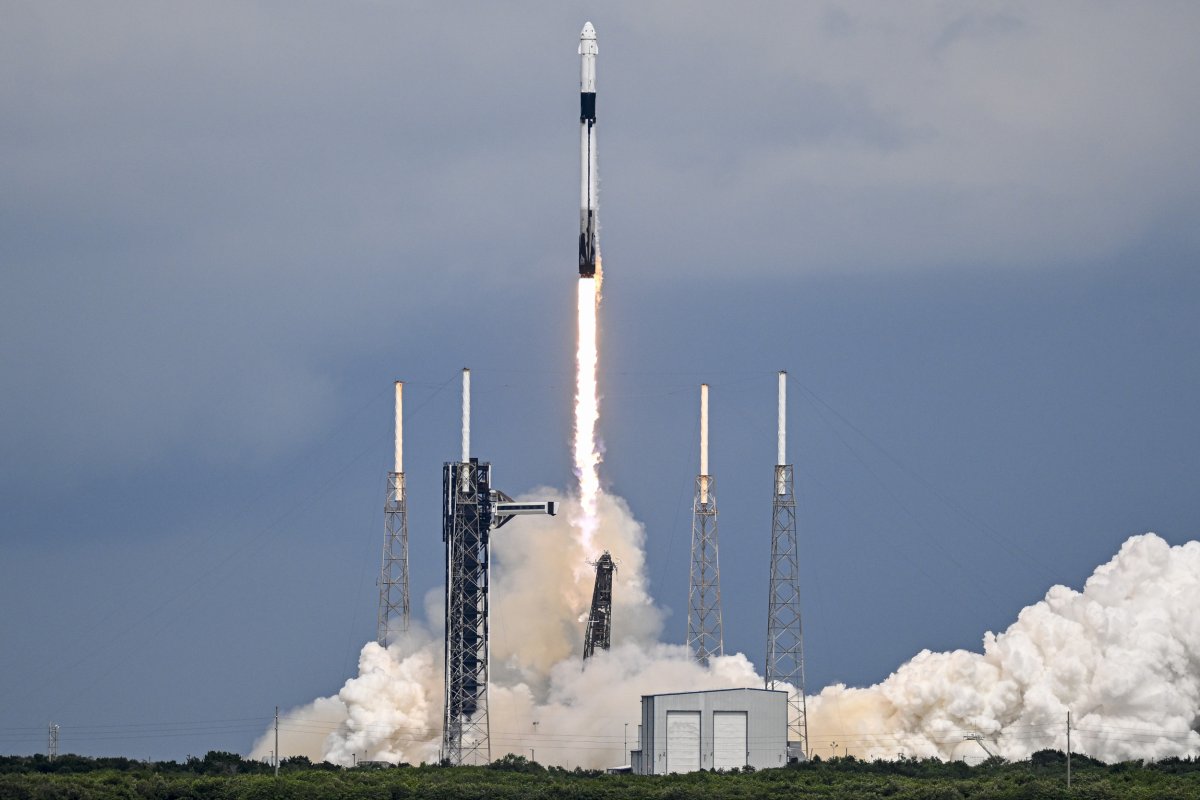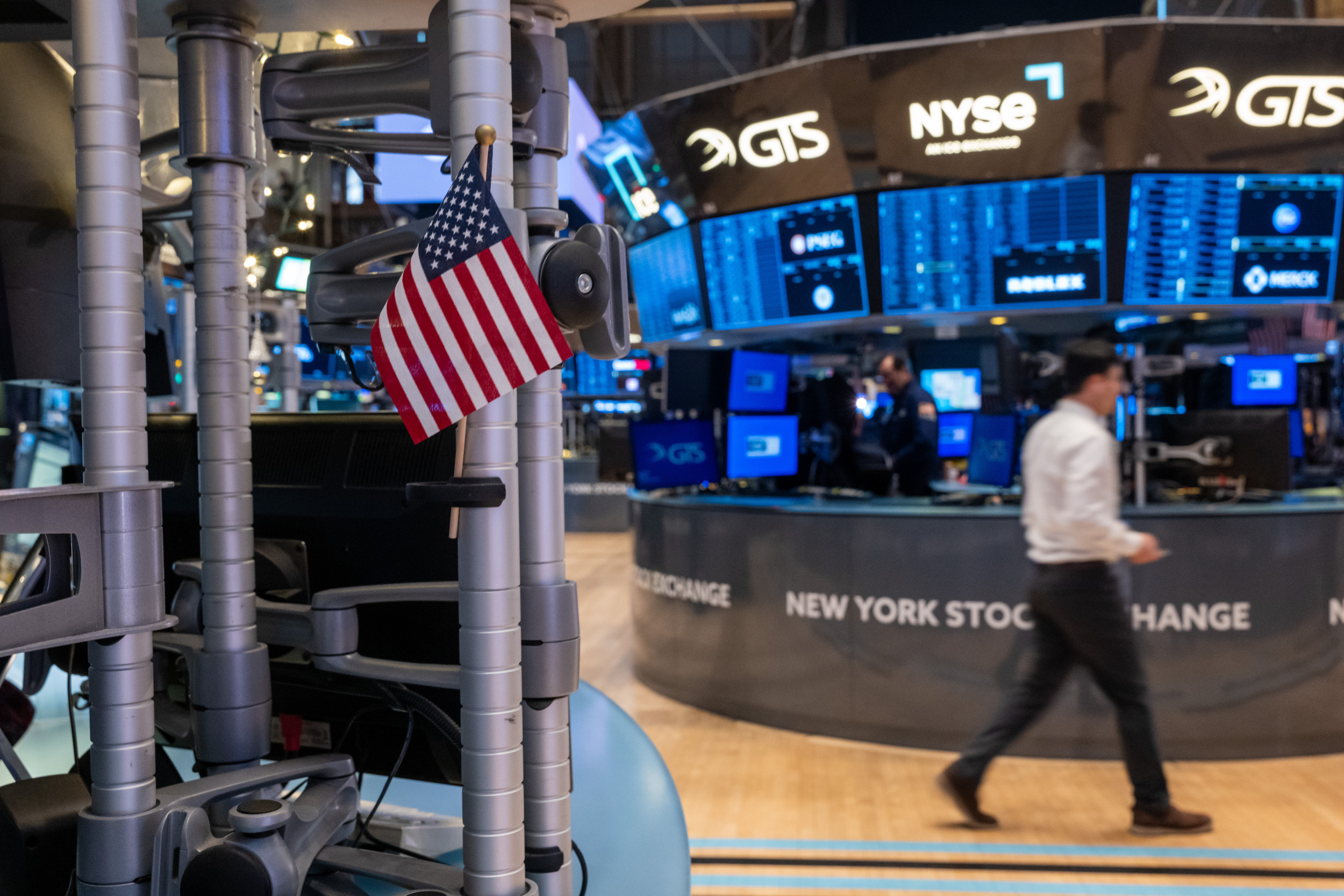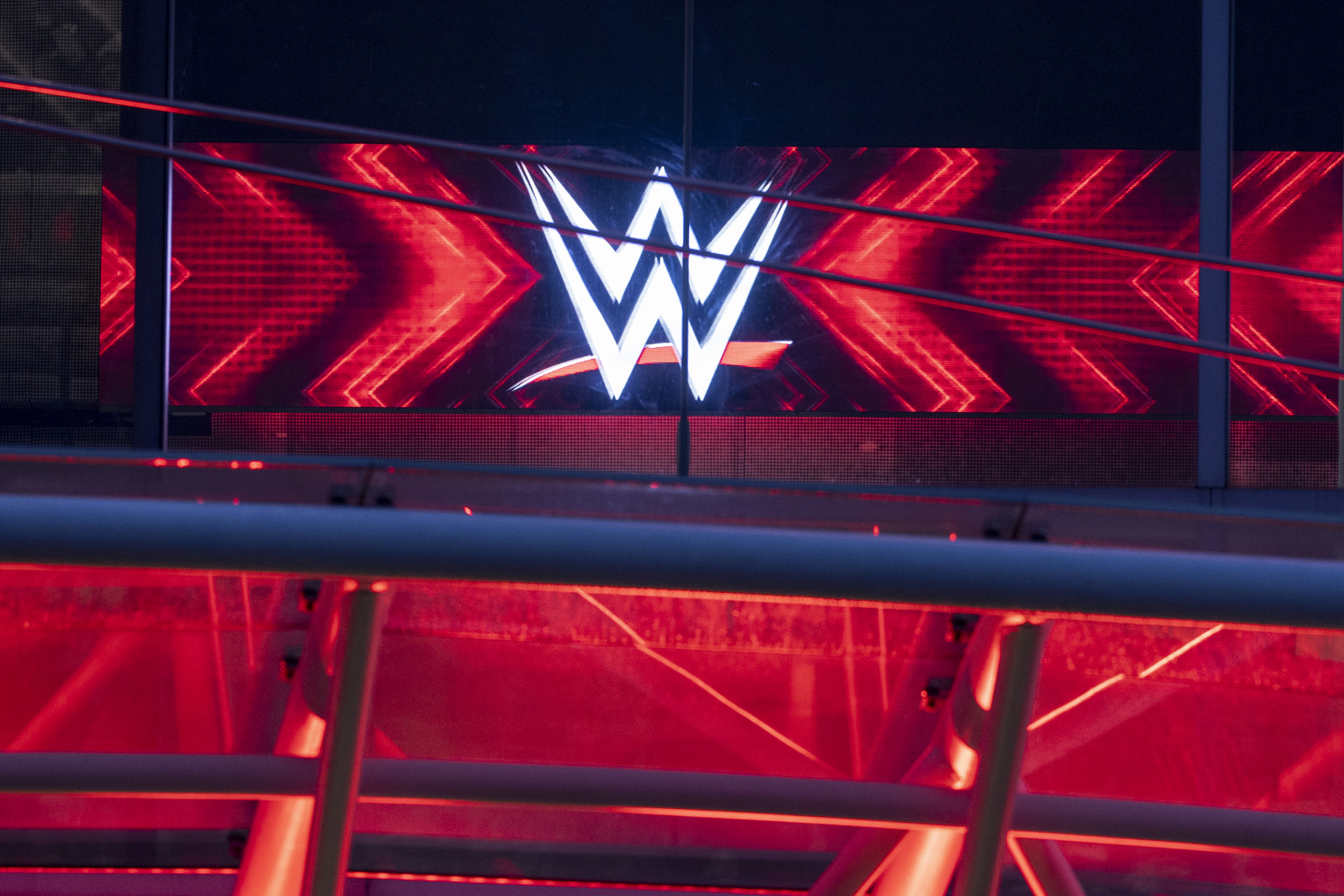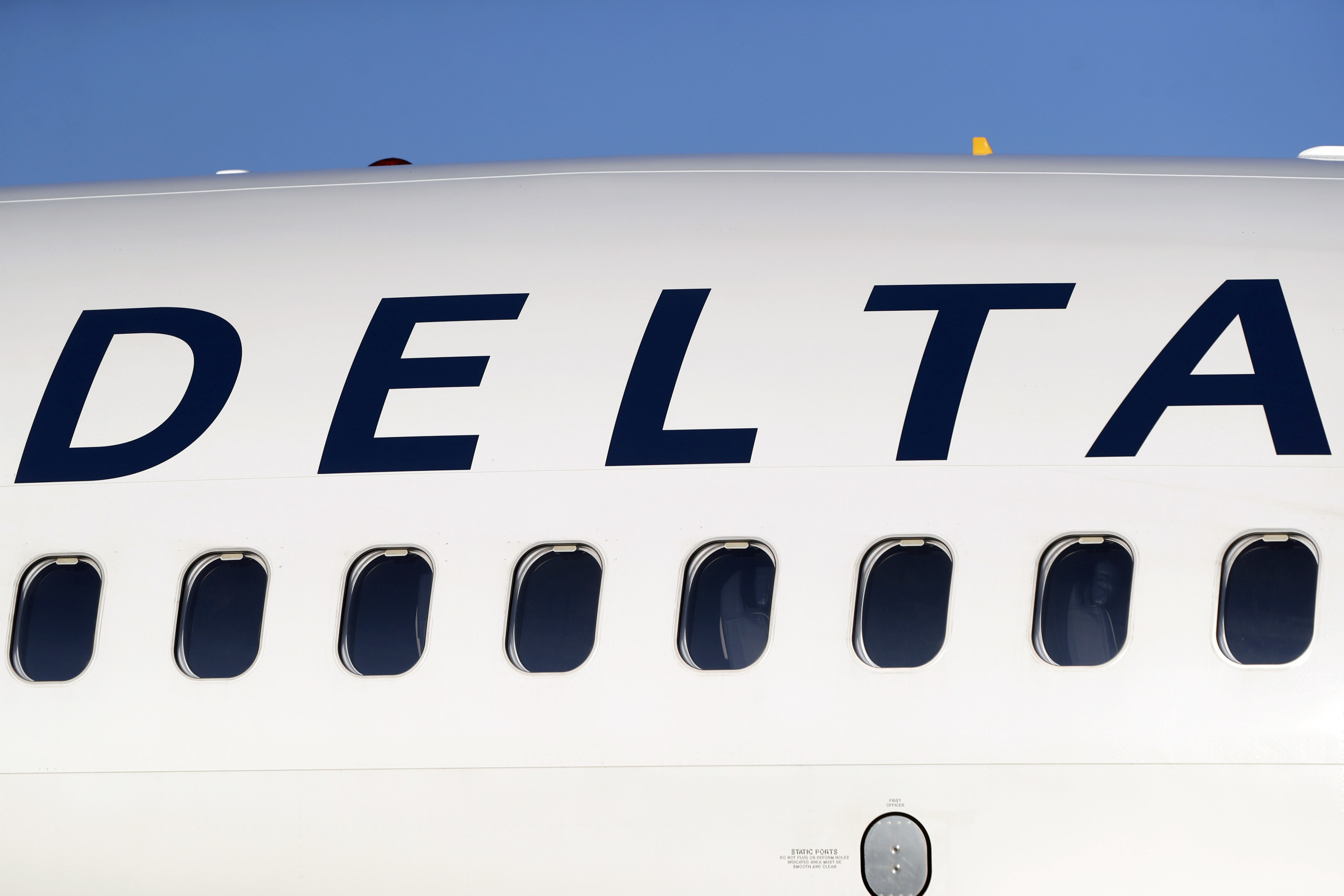A launch of a SpaceX Falcon 9 rocket was scrubbed on Sunday due to a helium leak.
The SpaceX Starlink 6-77 mission, meant to deliver 23 Starlink satellites to low-Earth orbit, was scheduled to launch from the Cape Canaveral Space Force Station on November 3 at 4:57 p.m. ET.
However, the Falcon 9 launch was stopped just over two minutes before launch due to a helium leak on the rocket's first stage.
During a live broadcast on X (formerly Twitter) of the planned launch, a SpaceX team member could be heard saying, "Hold, hold, hold. Standing down for helium, stage one."
A helium leak in a Falcon 9 launch can be particularly problematic due to the rocket's reliance on inert gas to pressurize its fuel systems.
Falcon 9 uses supercooled liquid oxygen (LOX) and RP-1 (a refined kerosene) as propellants. To feed these liquids into the engines, Falcon 9 uses helium to pressurize both the LOX and RP-1 tanks, particularly as fuel is used during ascent.

Helium is kept in pressurized tanks, and any leak can lower the system's pressure, risking an imbalance in fuel delivery to the engines, which could cause unstable combustion or even an engine shutdown.
"This is the third flight for the first stage booster supporting this mission, which previously launched Crew-9 and one Starlink mission," SpaceX said of the scrubbed launch.
The Crew-9 launch also suffered issues with the Falcon 9 rocket. Its upper stage had a problem with a final deorbit burn, leading to the Falcon 9 being grounded for two weeks.
"Standing down from today's launch. Vehicle and payload are healthy," SpaceX posted on X, formerly Twitter, in the aftermath of the scrub.
It is unclear when the launch will be rescheduled, as the CRS-31 Cargo Dragon resupply flight to the International Space Station (ISS) is scheduled to launch today, also carried by a Falcon 9 rocket.
Today's launch is scheduled for 9:29 p.m. ET from Launch Complex 39A at NASA's Kennedy Space Center.
"This is the fifth flight of the first stage booster supporting this mission, which previously launched Crew-8, Polaris Dawn, and two Starlink missions. Following stage separation, Falcon 9 will land at Landing Zone 1 at Cape Canaveral Space Force Station," SpaceX explained.
"CRS-31 is the fifth flight for this Dragon spacecraft, which previously flew CRS-21, CRS-23, CRS-25, and CRS-28 to the space station. After an almost 13-hour flight, Dragon will autonomously dock with the space station on Tuesday, November 5 at approximately 10:15 a.m. ET."
Do you have a tip on a science story that Newsweek should be covering? Do you have a question about SpaceX? Let us know via science@newsweek.com.




















 English (US) ·
English (US) ·